By Louise Irvine
Pearls are known as the “Queen of Gems” and they have been treasured for countless centuries. A natural pearl necklace was a symbol of perfection and so rare that it was reserved for royalty and the very rich. Even when pearls were cultured and became more affordable, the fascination for these natural treasures of the ocean has continued. The pearl is the traditional birthstone for the month of June so it is a good time to appreciate the allure of pearls.
Jewels of the Sea
The allure of pearls has been recognized since oysters were first opened for food to reveal the jewels of the sea within. Natural pearls are formed when mollusks, such as oysters, mussels, or clams, respond to a gritty irritant in the shell by coating it in a secreted fluid known as nacre. Layers are deposited over many months until a lustrous pearl is formed. The overlapping translucent layers give a pearl its shimmer, reflecting the light through the layers.
In ancient times, the principal oyster beds were in the Persian Gulf along the coast of India, where they were revered in sacred texts and epic tales. In many religions, pearls are symbolic of the moon and possess magical properties. Worn as a necklace, they offered extra protection as pagan peoples believed that a necklace could stop the soul from leaving the body. The ancient Greeks believed oysters and pearls were symbols of love and Aphrodite emerged like a pearl from an oyster shell.
The Land of Pearls
The first European colonists in the New World found native Americans wearing pearls. Columbus sailed through the islands and traded European goods for this natural treasure, which he took home to Spain. The Spanish capitalized on the saltwater pearls that they found in Central and South America and the Caribbean. Pearls poured into Spain in vast quantities and the New World became known as the “Land of Pearls.” A breathtaking pear-shaped pearl from Panama, La Peregrina, graced the Spanish crown jewels for centuries but its luster was damaged when it was chewed by Elizabeth Taylor’s puppy while it was in her possession!
The Great Pearl Rush
During the European Renaissance era, pearls “worth a kingdom” were gifted between monarchs. King Henry VIII ordered massive amounts of pearls to be sewn on to his robes and large pearls can be seen on his collar ornament and hat in the Royal Doulton figure from the 1930s. Catherine de Medici’s dowry into the royal family of France included six ropes of the largest pearls ever seen. She gave some to her daughter-in-law, Mary Queen of Scots, on the marriage to her son, the heir to the French throne. The Medici pearls were appropriated by Queen Elizabeth I, who adored pearls, and she promised to wear them for the rest of her life in remorse for signing the death warrant of her “beloved cousin.” A pearl necklace is featured on the Royal Doulton prototype figure of Queen Elizabeth I.
A Passion for Pearls
The Medici pearls were passed down through the royal families of Europe as wedding gifts and were renamed the Hanoverian pearls before arriving back in Britain in the 18th century. Eventually, they were inherited by Queen Victoria and some were adapted for the Imperial Crown, which was last worn by Queen Elizabeth II and is displayed with the crown jewels in the Tower of London. Queen Victoria’s daughter-in-law wore some of the Hanoverian pearls for her coronation as Queen Alexandra in 1902. She favored a pearl and diamond combination choker which she wore in several strands around her neck to conceal a surgery scar.
Natural pearls became popular in Art Nouveau jewelry with clusters adorning necklaces, chokers, brooches, and hair ornaments. Pearls were no longer exclusive to royalty and became a status symbol among the middle classes. Single strands of pearls were considered an appropriate ornament for an unmarried daughter. However, they were also gifted to courtesans and appeared in pin-up portraits of the early 1900s. Pearls have a starring role in the risqué play Romance, which debuted in 1913 with the sensational American actress Doris Keane. A clergyman falls in love with an opera singer with a past and gives her his mother’s pearls and pendant, which can be seen in the Royal Doulton figures inspired by the play.
Cultured Pearls
In the early 2oth century, oysters were enticed to produce perfect round pearls consistently on demand. Modern pearl seeding methods were patented in Japan and involve inserting a nucleus of shell or metal into the pearl sac of the oyster so that the mollusk coats the nucleus with layers of nacre thus creating a pearl. Japanese cultured pearls arrived in the jewelry market in the late 1920s and long strings of pearls became the height of fashion in the Art Deco era. Celebrities, such as the exotic dancer Josephine Baker, wore their pearls in innovative ways, sometimes with little else. Dancers at the Folies Bergère were draped in pearls for extravagant productions. Affordable but glamorous costume jewelry became popular during the economic depression of the 1930s. A String of Pearls was a number one hit by Glen Miller in 1941 and the lyrics illustrated their popularity. “Every pearl’s a star above wrapped in dreams and filled with love that old string of pearls à la Woolworth.” By the 1950s, it was hard to tell the difference between natural, cultured, and imitation pearls made from emerging types of new plastic and glass.
The Pearl Girlz
Pearls continue to be celebrated at WMODA in Tatiana Cochagne’s bejeweled gown Royal Innocence, which is on display in the Carnival & Cabaret exhibition. The exquisite muslin creation, embellished with faux pearls, was inspired by Queen Elizabeth I’s love of pearls as was Tatiana’s first collection Eterna, which was debuted on the runway at New York Fashion Week. Tatiana also made a pearl-encrusted face mask, which was presented to Joyce Davis, a Dania Beach City Commissioner and founder of the Pearl Girlz. This local girl's empowerment organization in Dania Beach provides pro-social and self-esteem workshops to girls aged 8 to 18 and they are frequent visitors to WMODA thanks to Joyce Davis. The mission of the Pearl Girlz is to “Celebrate the Unique Pearl in Every Girl!"
Read more...
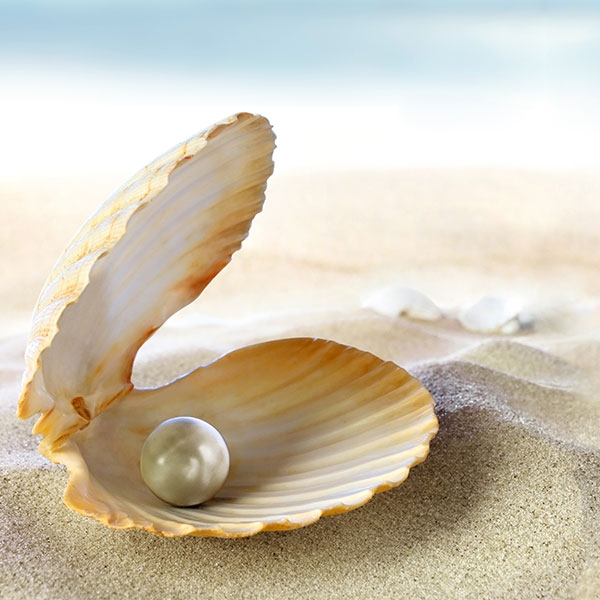
Pearl
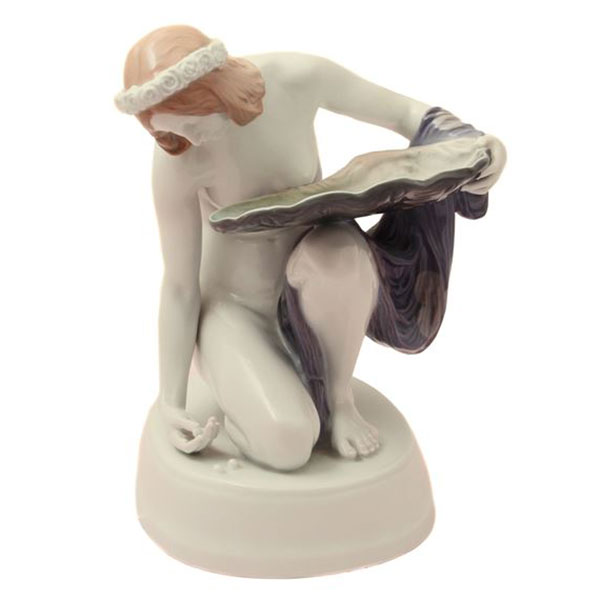
Rosenthal Pearl Seeker
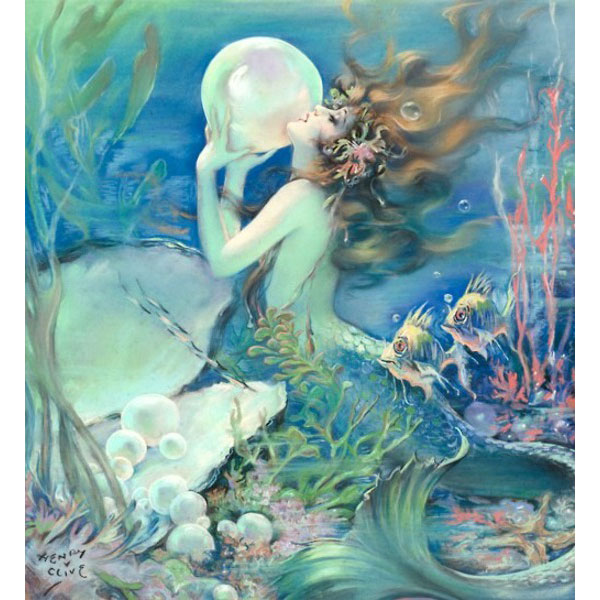
Mermaid with Pearl by H. Clive
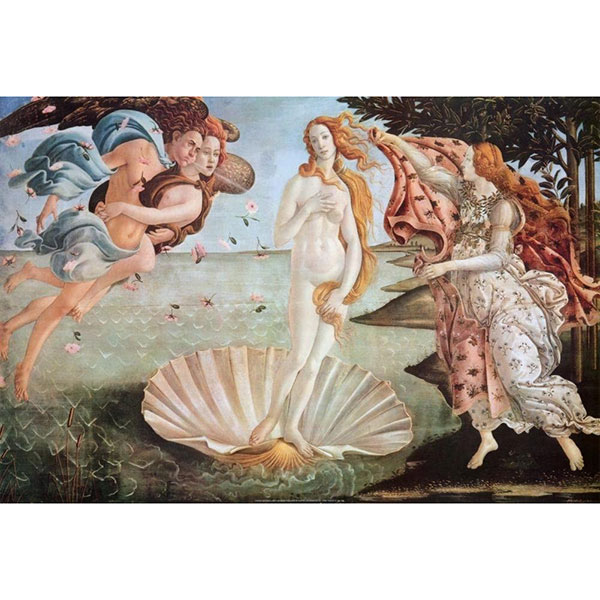
Birth of Venus by S. Botticelli

Birth of Pearl by E. Dulac

Elizabeth Taylor wearing La Pelegrina pearl
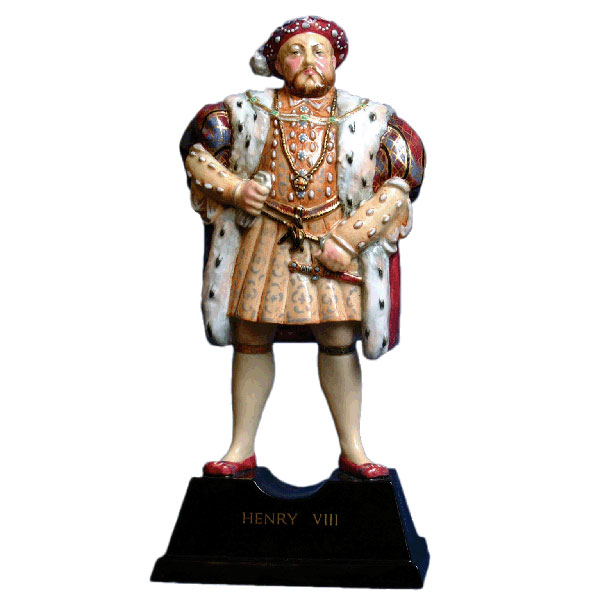
Royal Doulton Henry VIII by C. J. Noke

Henry VIII after Holbein

Royal Doulton Queen Elizabeth I trial by P. Parsons
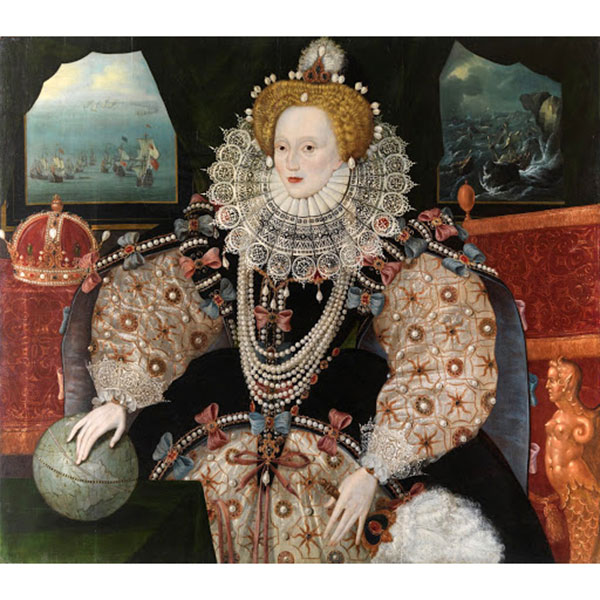
Queen Elizabeth Armada Portrait
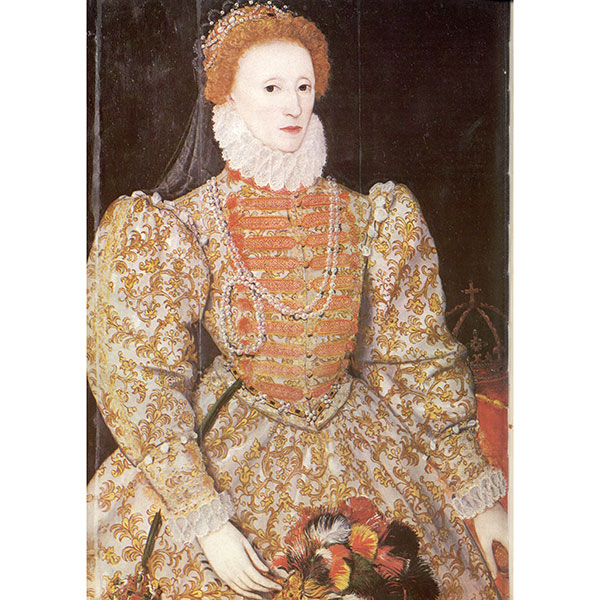
Queen Elizabeth Portrait
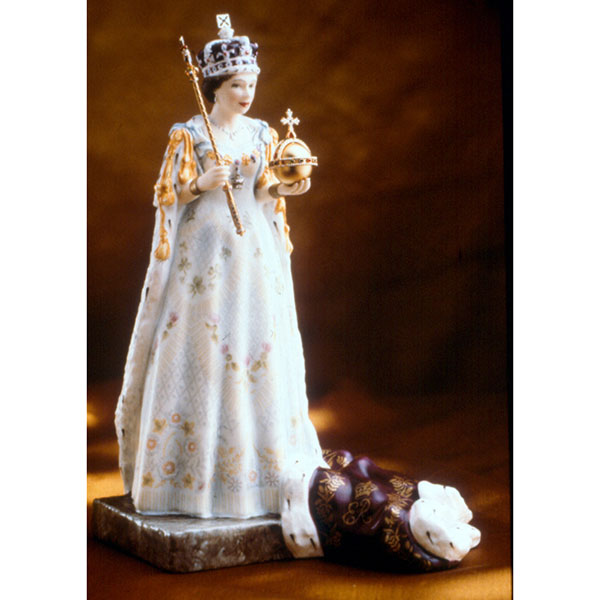
Queen Elizabeth II by A. Maslankowski
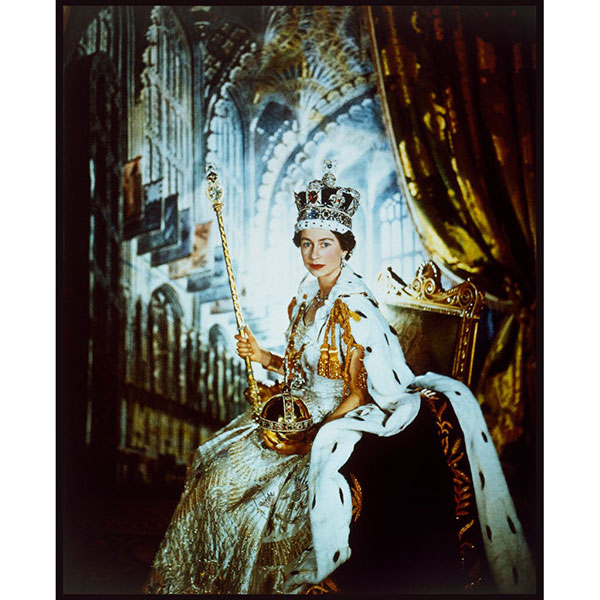
Queen Elizabeth II wearing the Imperial State Crown
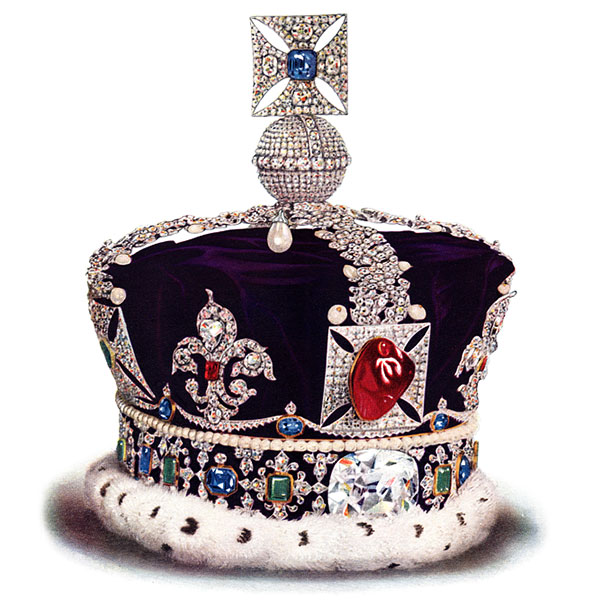
Imperial State Crown
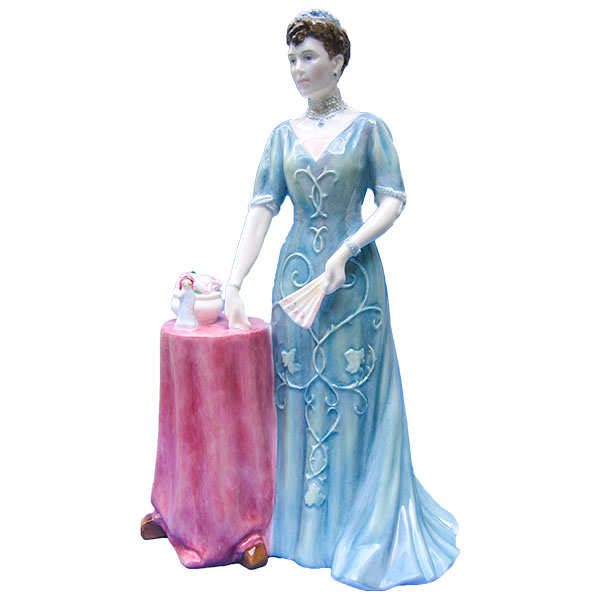
Royal Doulton Queen Mary pearl choker by P. Parsons
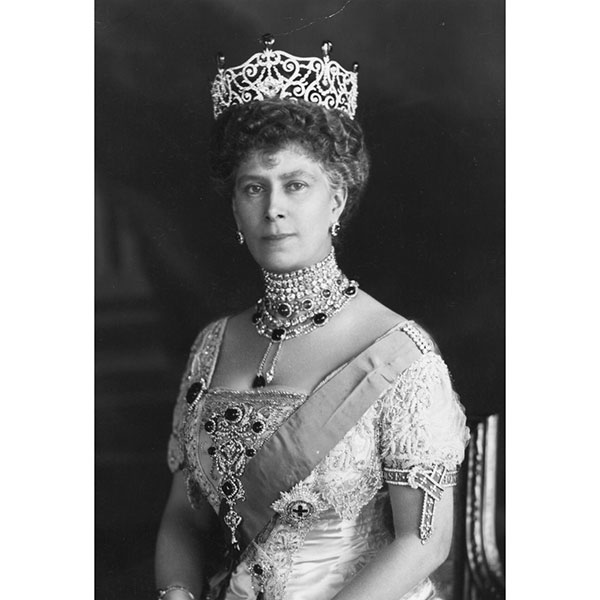
Queen Mary in pearls and diamonds

Royal Doulton Queen Mary bust by L. Harradine
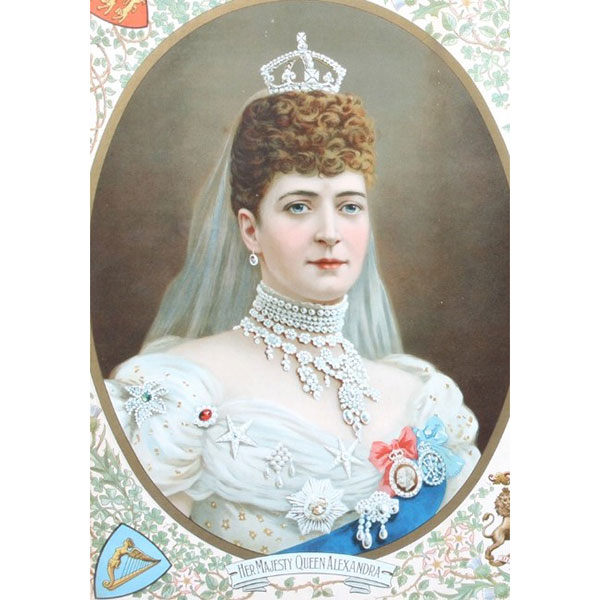
Queen Alexandra
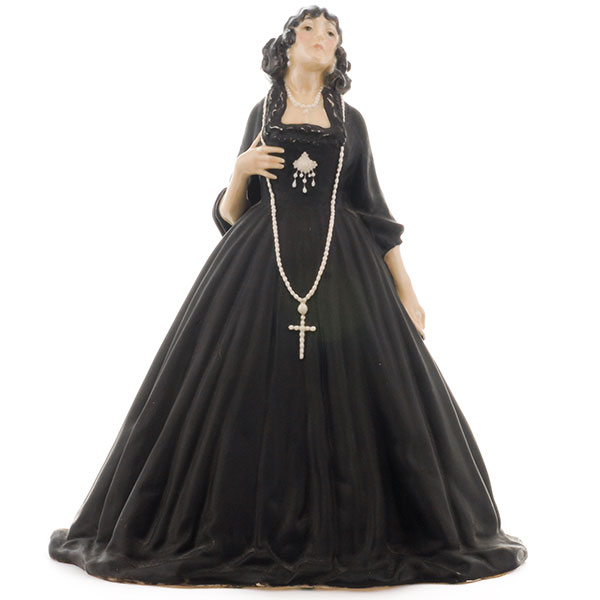
Royal Doulton Doris Keane by C. J. Noke
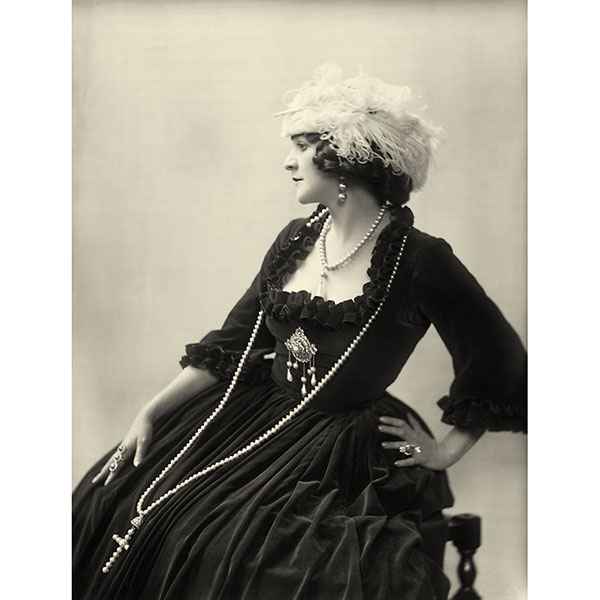
Doris Keane as Cavallini

Doris Keane as Cavallini
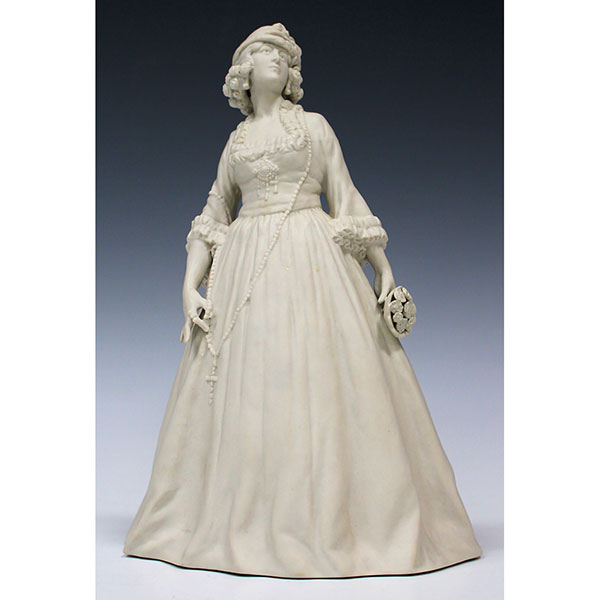
Royal Doulton Doris Keane by J. Broad
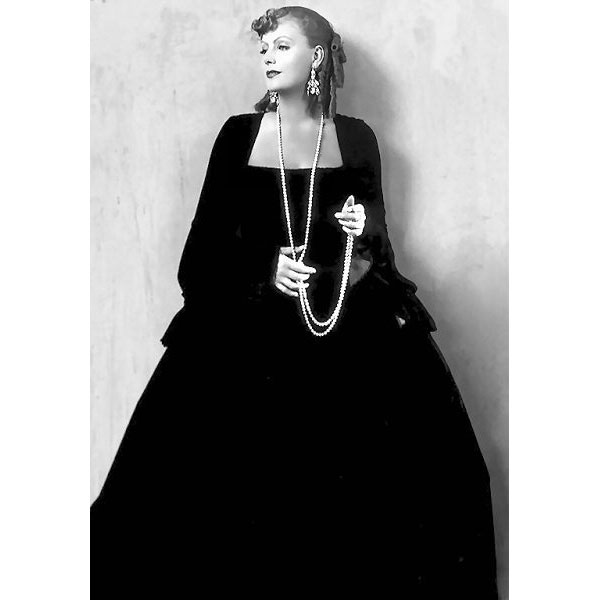
Greta Garbo in Romance

His Mother's Pearls Romance
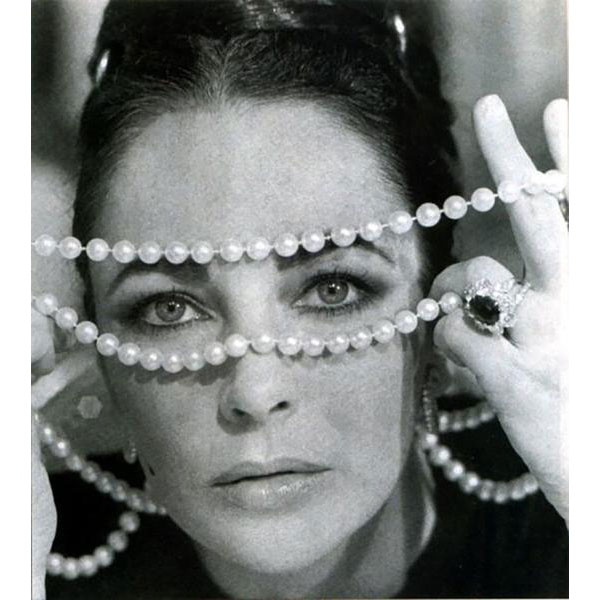
Elizabeth Taylor with string of pearls
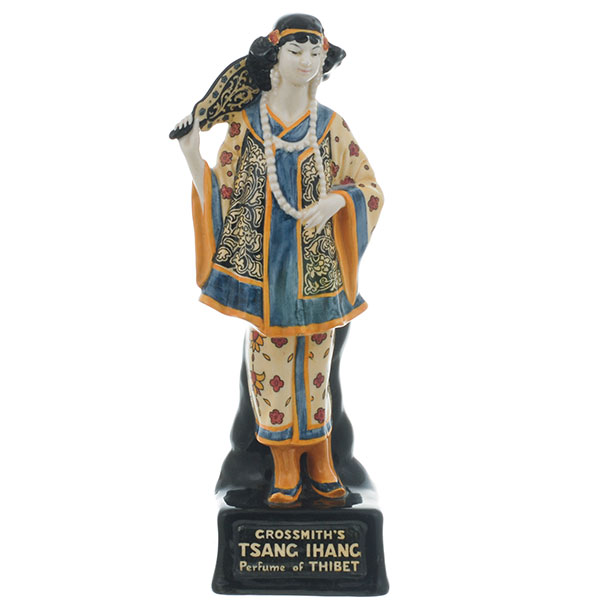
Royal Doulton Tsang IHang

Royal Doulton Tsang IHang

Royal Doulton Julia by T. Potts

Pearl Ring

Louisa Brooks pearls

Josephine Baker

Erte Folies Bergere costume
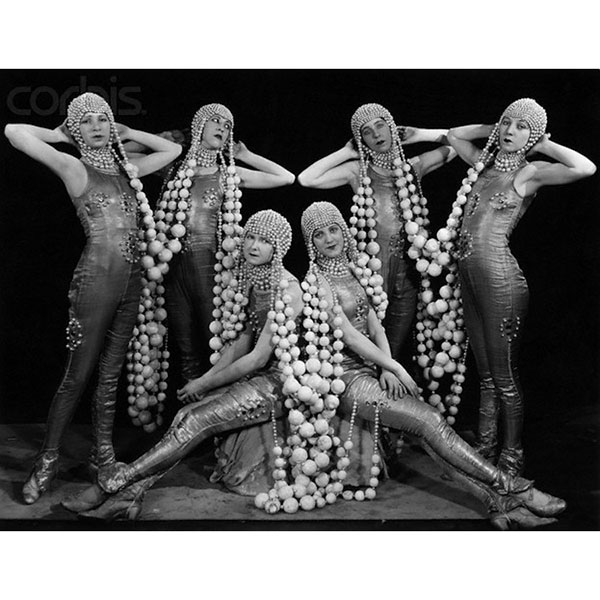
Ballet of Jewels Pearl Girls Midnight Sun

An Old Sweetheart of Mine by A. Garratt

Royal Doulton Aileen by L. Harradine

Royal Doulton Aileen by L. Harradine
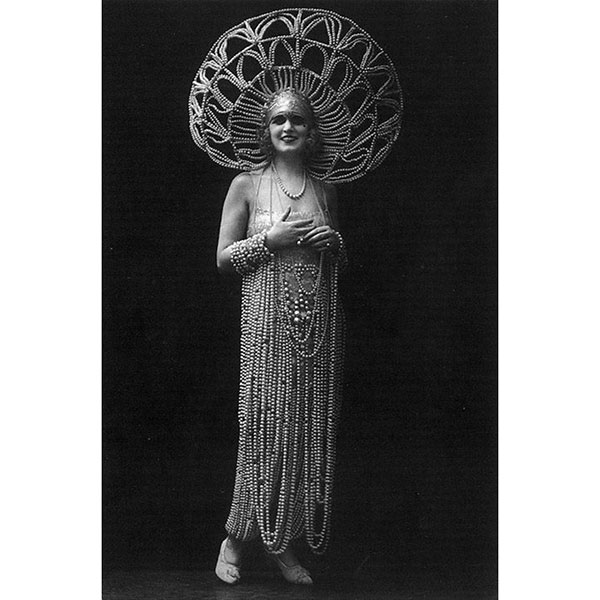
Ziegfeld Follies Pearls dress

Ziegfeld Follies
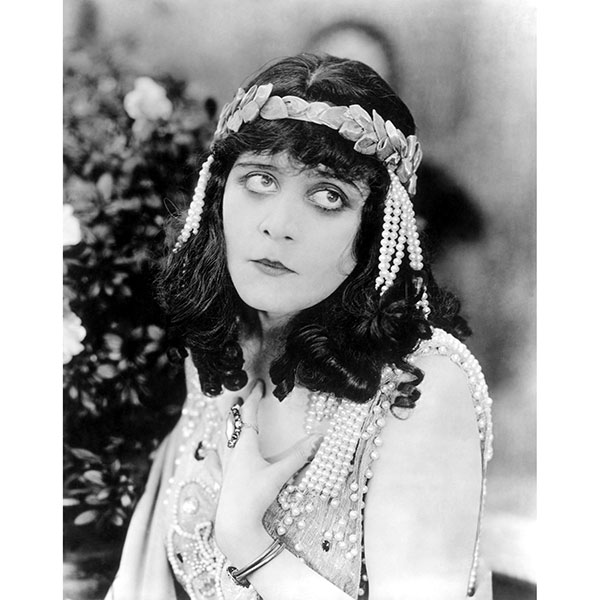
Theda Bara as Salome
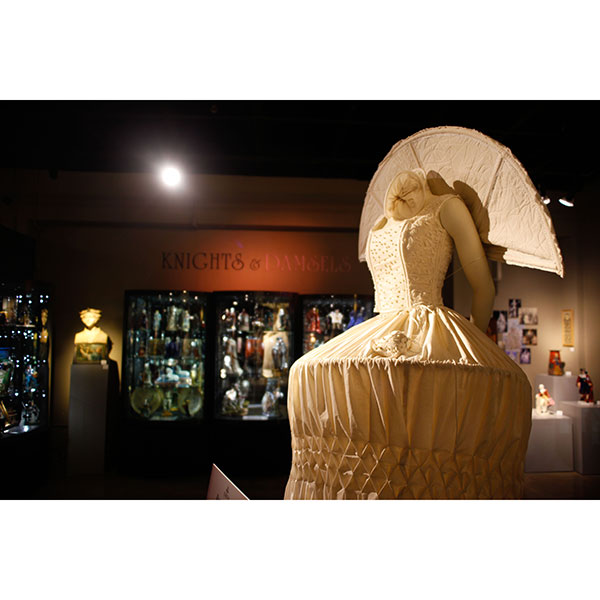
Royal Innocence by T. Cochagne for Flair for Fashion
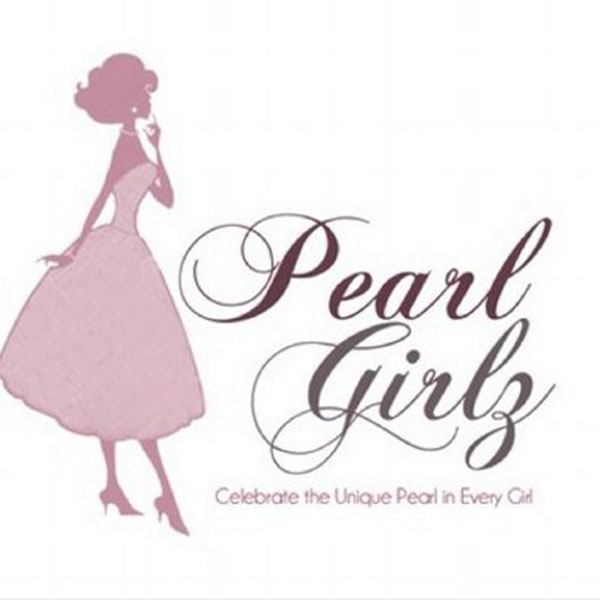
Pearl Girlz

Pearl Girlz Joyce Davis
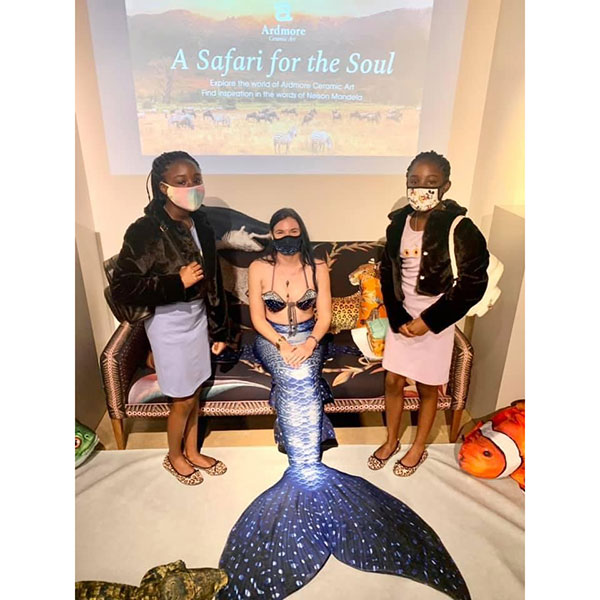
Pearl Girlz with Rhanu
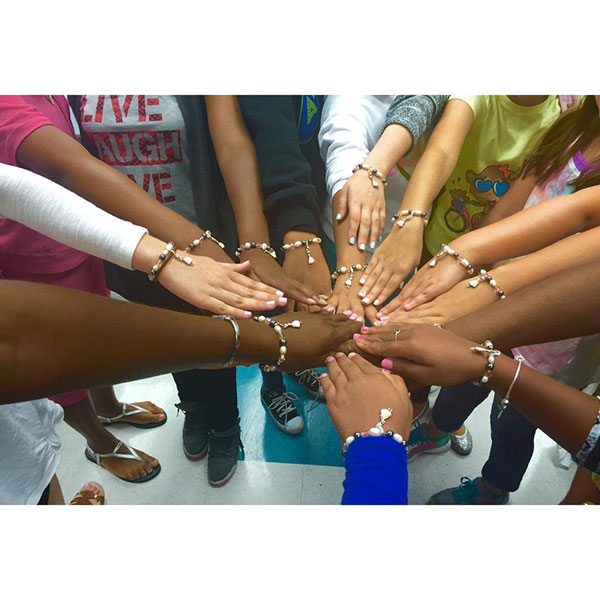
Pearl Girlz sisterhood bracelets

Louise, Pearl Girlz and Joyce Davis
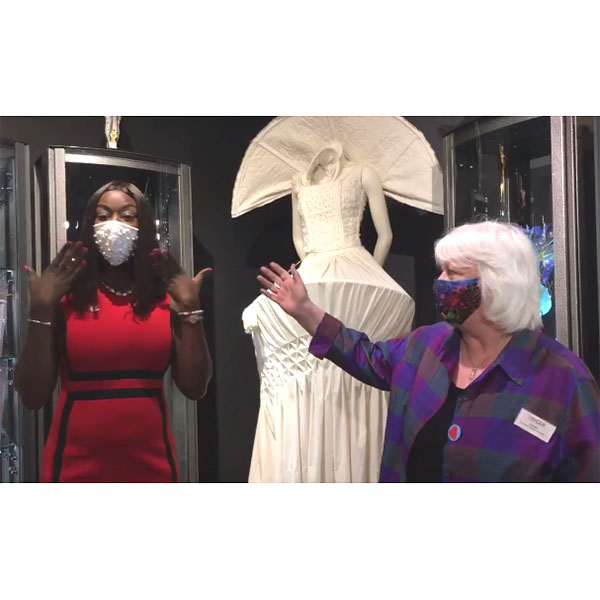
Louise and Joyce Davis
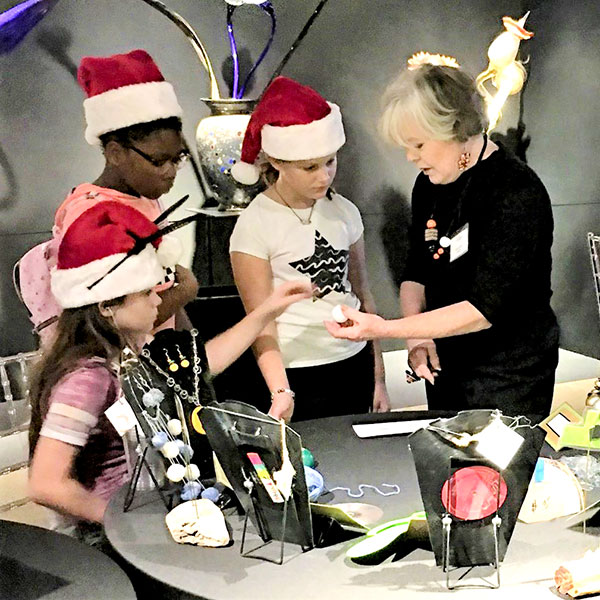
The Pearl Girlz with Betsy Alexis

Goldscheider Queen with pearl mask by T. Cochagne
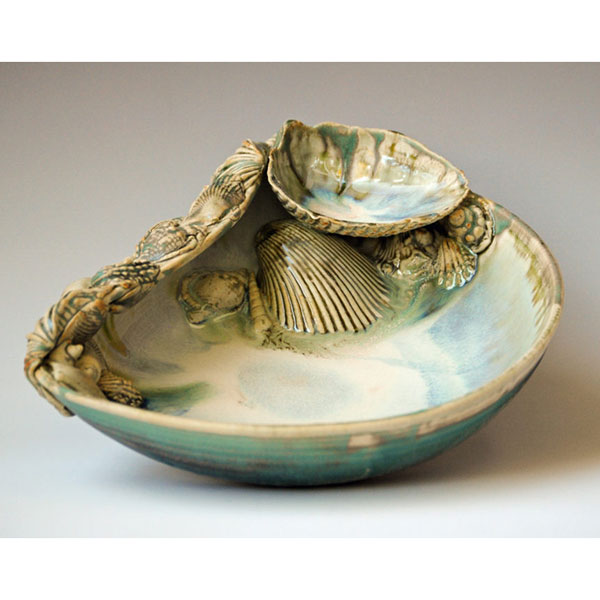
Tidepools Chip and Dip by A. Ligmont
